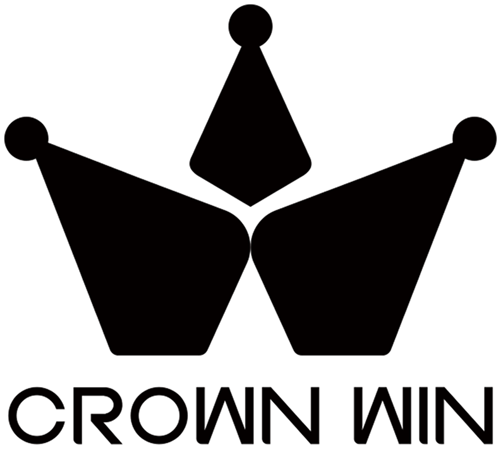Introduction
Branding is the sphere where it is the little things that make the most impact. One ill-placed tag or a label can undermine the perceived value of a high-quality product, and a well-placed label can transform an average product into a special one. These seemingly simple branding factors act as silent brand representatives and communicate quality, values, and attention to detail even before customers have the ability to use your product.
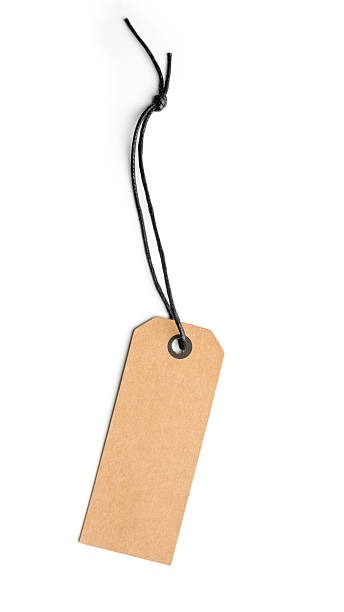
The two basic elements of packaging are hang tags and labels, which are used to fulfill various functions in the customer experience. The hang tags are usually removable items which are attached to the products through the use of strings, ribbons, or clips, whereas the labels are more permanently fixed items which might either be adhesive, sewn, printed, or woven directly to products or their packaging. The ability to differentiate between these two options and know when to apply each of them can make a huge difference in the market and customer perception of your brand.
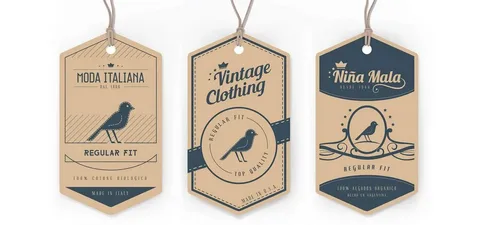
You will find the most important distinctions of hang tags and labels, the factors that should guide your choice, and the practical approaches to using either of them in the framework of the brand strategy and budget in this complete guide.
What Are Hang Tags?
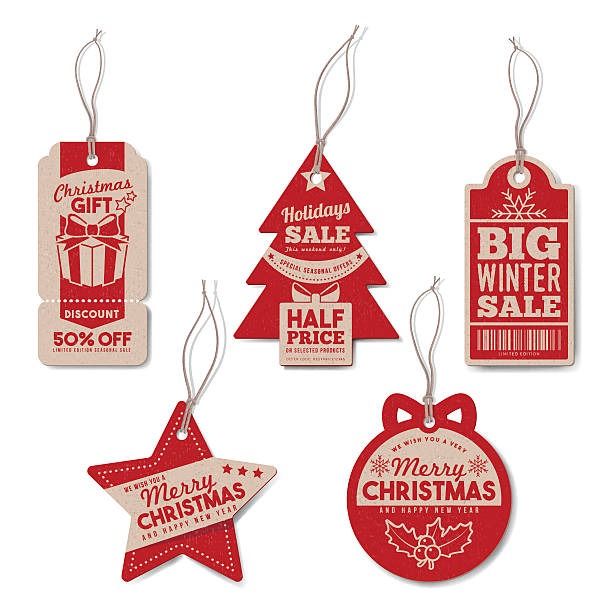
Hang tags are portable branding and informational components affixed to the products in different ways. These tiny yet effective works are temporary representatives of your brand, and they are aimed at catching the eye and conveying major messages at the most crucial times when customers first see your product.
The cost of the chillout materials on which hang tags are printed is diverse in terms of desired aesthetic and cost. Typical choices are premium cardstock, recycled kraft paper, plastic, metal, wood, and specialty papers with a special texture or finish. The material used can be a good reflection of the positioning of the brand, which may be luxurious brands using thick, textured papers with foil stamping and eco-friendly businesses using recycled or biodegradable materials.
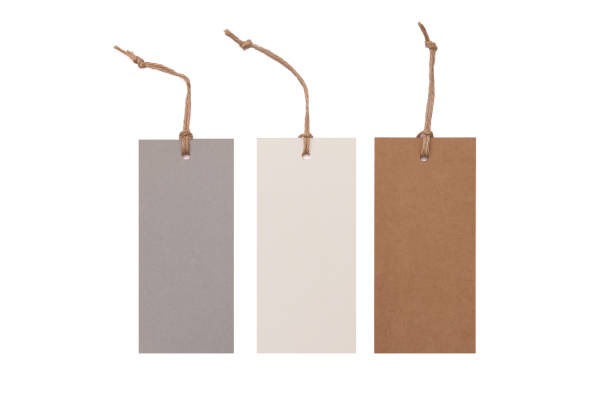
Hang tag attachment and methods are already in use as traditional string ties, ribbons, elastic loops, safety pins, clips, or even mini chains when attaching hang tags to higher-end products. The attachment method is also a part of the design consideration, as it influences the product’s appearance as well as the experience of unboxing the product by the customer.

Hang tags are mostly used in the fashion and apparel sector, where they are used to show branding, prices, sizes, and instructions on how they should be taken care of. They are also commonly used in luxury goods such as jewelry, handbags and accessories where the tag is used as a guarantee of quality or craftsmanship. Hang tags are frequently used in conveying special messages or seasonal branding that cannot be made permanent on the permanent labeling of the product, gift items, artisanal merchandise, and seasonal merchandise.
What Are Labels?
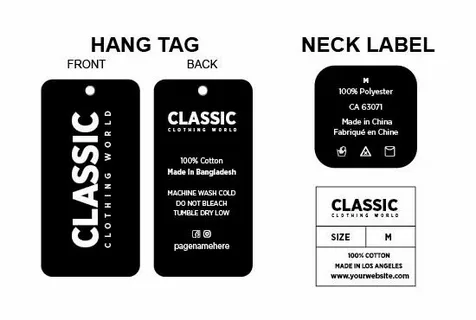
Labels are a more long-term source of product identification and display of information. As opposed to hang tags, labels are also meant to stay with the product during the lifecycle of the product and are used to perform functions as well as branding. They are not a marketing feature that is temporary, but a part of the product.
The wide range of types of labels has different uses in industries. Adhesive labels are versatile and can be used on virtually any surface, and they are also commonly used with bottles, jars, boxes, and electronics. Applied labels, sometimes in clothes and fabrics, are sewn on to give them a stable and professional look. Printed labels are simply laid on surfaces in the manufacturing process, whereas woven labels have a high-end feel and are commonly applied to instructions on the care of clothes or identification of the brand. Plastic labels are synthetic labels crafted out of such materials as polyester or vinyl, which offer waterproofing and resistance to other harsh environmental factors.
Labels play very important roles in various applications. In clothing, inner labels contain care instructions, size information, and country of origin information, which are mandatory by law. Food and drink products are based on labels to provide ingredient lists, nutritional information, and compliance with regulations. Electronics have labels on model names, safety measures, and tech specifications. Personal care and cosmetics require labels to report the ingredients and also the usage instructions.
The permanency of labels makes this wonderful as they are used to pass the significant information that the customers have to consult several times, like warranty details, safety instructions, or maintenance guidelines. The critical nature of labels is also related to this permanence, which is important in industries where particular information disclosure is required by law.
Hang Tags vs Labels: Key Differences
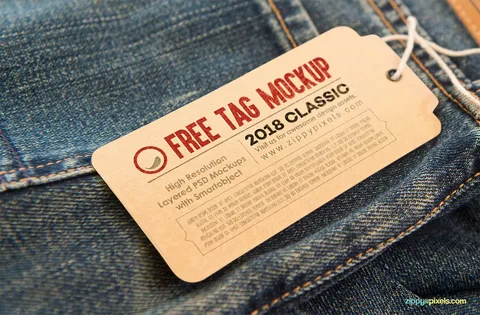
Knowing the basic differences between hang tags and labels can help make an informed decision when it comes to the right type of approach to choose for your specific product and brand strategy. These variations cut across several dimensions that influence both the reality of impact as well as the experience of the customers.
The most obvious one is Attachment and Permanence. Hang tags are removable and, as such, are temporary brand touchpoints on the first encounter with the product. Labels, on the other hand, are permanent, and they will always serve as a reference to the life of the product. The difference has an impact on the interaction of the customers with each and every element and the type of information that should be used in each outlay.
The two options differ on Design Space and Appearance to a considerable extent. Hang tags usually have more ample design space, which enables them to be creative in their form, utilize several separate panels, and do extensive storytelling. They can be folded, cut into different shapes, or manufactured as miniature brochures. Labels have tighter areas of operation that need an effective information hierarchy and short messages. The product surface can, however, be used as a component of the overall product design strategy by the labels.
Functional Purpose: The functional purpose of a hang tag and a label is quite different. Hang tags are superior in promoting and branding activities, being used to convey brand personality, seasonal messages, pricing facts, and lasting first impressions. The main functions of labels are informational and compliance, where product information, usage, safety warnings, and regulatory messages are necessary and may be obtained by customers on many occasions.
In each option, there are different considerations in Material Costs and Production Complexity. Hang tags use specialty materials, intricate die-cutting, numerous printing processes, and attachment mechanisms, which are associated with a high per-unit cost. They are, however, manufacturable independently of the principal product, and this is flexible in terms of inventory management. Labels are generally cheaper per unit, particularly in large quantities, but might need to be incorporated in the manufacturing process of the product, which can have an impact on the production schedules.
Visual and Tactile Impact develops other customer experiences. Hang tags show instant visual appearance and touch, which is important to the unboxing experience and first impressions. They can include special finishes and textures, as well as three-dimensional innovation that makes memorable brand experiences. Labels provide less evident branding deals but lead to the overall aesthetics of the product and sustained brand image.
Factors to Consider When Choosing Between Them
Product Type is an important factor in the selection of the most suitable one. Hang tags can be put on large items that have visible surfaces without making operations cumbersome, whereas small or sensitive products may have embedded labeling. Complexly shaped or surfaces of the products can restrict the available space for placing labels, and hang tags will be more viable. Look at the way your product will be handled, stored, and used by your customers. The things most frequently handled may have a problem with interference of the hang tags, and the goods that are stored for long periods may need permanent labels attached to them.
Brand Identity and Positioning must match your labeling choice. Hang tags are also frequently used by luxury brands to design high-quality unboxing moments and to work through exclusivity, crafts, or heritage narratives. Minimalist brands may like clean and integrated labels that do not interfere with the product design. Hang tags are useful in conveying special messages without influencing the final product design that is used in seasonal or limited edition products. Take into account the experience and storytelling (preferring hang tags) or functionality and integration (preferring labels) of your brand personality.
Information Needs identify the practical needs as per your labeling solution. Goods that need lots of care instructions, ingredients, or safety warnings normally need permanent labels to be used as a reference point. The compliance with regulations may require certain information location and permanency that only labels can offer. Pricing, promotional, or seasonal details have a good appearance on detachable hang tags. The question is how to weigh the long-term vital information that the customer needs against the marketing messages, and these are important only at the point of sale.
Cost and Volume Considerations have a great influence on the feasibility of each choice in practice. Label solutions that are able to be integrated into the manufacturing process and bring about economies of scale are often used with high-volume products. Hang tag expenses per unit could be high to support a greater brand experience when the products are low-volume or premium. Include not only the cost of production but also inventory management, application labor, and quality control requirements. Choose premium material and finishes that will add brand recognition to your budget.
Environmental Concerns and Durability have become more and more important customer preferences and brand values. Environmentally friendly customers can use biodegradable hang tags, which are removable and can be disposed of in an environmentally friendly way, or permanent labels that are made out of eco-friendly materials. Think about your product and its effects on the environment at every product life cycle stage. Other innovative eco-materials, such as seed paper or other hang tags used by some brands, fit the sustainability message.
Customer satisfaction and brand perception are influenced by User Experience and Unboxing. Hang tags are important parts of unboxing, which generate anticipation and moments of brand discovery. They may also, however, interfere with product use unless they are designed carefully. Labels offer purer and more programmed experiences but less surprise and delight. What is the contact of your target customers with products, and what experience do they expect, and what do they expect with your brand promise?
Practical Tips & Best Practices
The process of designing good hang tags or labels must be attentive to aesthetic as well as functional issues. Typography used must also be a brand personality, but with the best readability, even at small fonts. Hierarchy is essential when limited space is used in the works- the most important information needs to be centralized, and size, color, and position must be used to direct the reader, since they should guide the reader through the flow of information. The color choice must be based on both the brand uniformity and utility issues, such as the cost of printing and compatibility of the material.
The choice of material has an influence on the looks and the functions. Specialty finishes and premium papers may increase perceived value, but they make them very expensive. Think about the performance of materials in the conditions they are expected to operate in – are they resistant to moisture, or handling, or UV? Test your products with your actual products to make sure they work together and are also durable. Sustainable material options will help strengthen brand values and attract eco-friendly customers.
Placement and visibility must be considered in the customer journey. The hang tags ought to be in locations where they are brought immediately, but do not disrupt the examination or usage of the products. Think about how goods will be packaged, delivered, and stored; tags can migrate or conceal themselves during delivery. Labelling must blend in with product design and, at the same time, be readily available when required. Keep out of positions that may be under wraps, packaging, or under normal product use.
Among them, I can distinguish such common errors as cramming too much information into a small space and resulting confusion of hierarchy and decreased readability. Poor quality will jeopardise the perception of the high-quality products, whereas poor compatibility will cause confusion between the brands. Think of winning cases of such brands as Patagonia, which employs hang tags to message environmental efforts, or of luxury fashion brands that make hang tags that are collectible and customers desire to have them. Take the lead of the brands in the neighboring industries that have experienced the same level of challenge in their information, visuals, and price issues.
Cost Comparison & Budgeting Tips
Knowledge of cost drivers can be used to make your investment in hang tags or labels optimal. The selection of materials has a high cost implication since premium papers, specialty finishes, and customized models are more expensive. The complexity of printing influences cost, as several colors, special inks, as well as finishing will be costly. In the case of hang tags, the hardware of attachment and application labor are also subtracted from the total costs. The cost of the selected label depends on the type of adhesives, the longevity needs, and compatibility with manufacturing processes.
The cost-saving measures involve the simplification of designs without reducing the brand effect, the use of effective shapes that reduce the wastage of materials, and the use of bulk purchasing to secure better deals. The manufacturers in the area can cut shipping expenses and lead times, and also allow improved communication and quality control. Examine the option of standardizing some of the aspects between product lines to realize the economies of scale, but still design flexibility where it is most needed.
The consideration of the return on investment is not only based on the immediate costs, but also on the perception of the brand, customer satisfaction, and efficiency of the operations. The high costs can be justified by the premium labeling solutions since they lead to increased brand value and customer loyalty. Divide the cost of ownership into the design time, inventory, application processes, and possible wastes of design changes or seasonal fluctuations.
Which One Should You Pick for Your Brand?
Developing a decision-making structure can be used to make sure that your decision is aligned in line with the business goals and the requirements of the customers. Begin by assessing your product features: dimensions, usage habits, market audience, as well as market needs. Think of your brand positioning and experience you would like to create for customers. Evaluate your information needs, separating between permanent information that needs to be considered and the temporary marketing information that needs to be conveyed.
The practical considerations in your decision are budget constraints and production capabilities. Consider how well each of the options can handle inventory, application procedures, and quality control. Think about your time scales and flexibility requirements- hang tags are more flexible in changing the season, and labels are more consistent and integrate.
A number of brands are combining the two strategies, with permanent labels carrying the basics and hanging tags carrying the seasonal messages, price, or special offers. The hybrid strategy is capable of taking advantage of the strengths of each while satisfying various functional requirements. Specification and safety information on electronic products could be placed permanently, and hang tags could include promotional messages or seasonal campaigns.
Conclusion
The option of custom versus labels is much more than a merely cost factor to consider, but a matter of brand strategy, customer experience, and efficiency in operation. The hang tags are good at achieving a memorable first impression and brand personality, and the labels are good at information integration and long-term brand presence. The trick is to make sure that your decision is consistent with your product and brand positioning, expectations of the customers, and your business goals. Each option has to have an impact on your overall packaging strategy and the entire customer experience with respect to discovery and product use.
